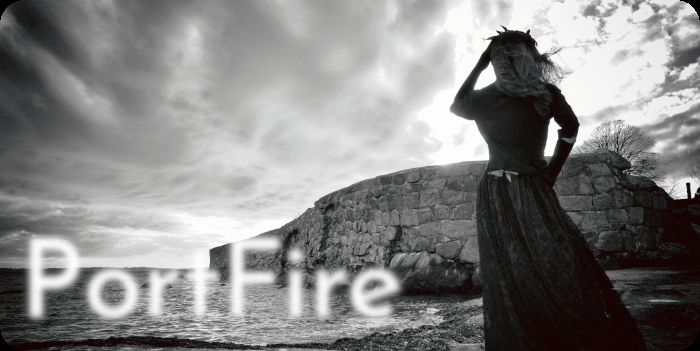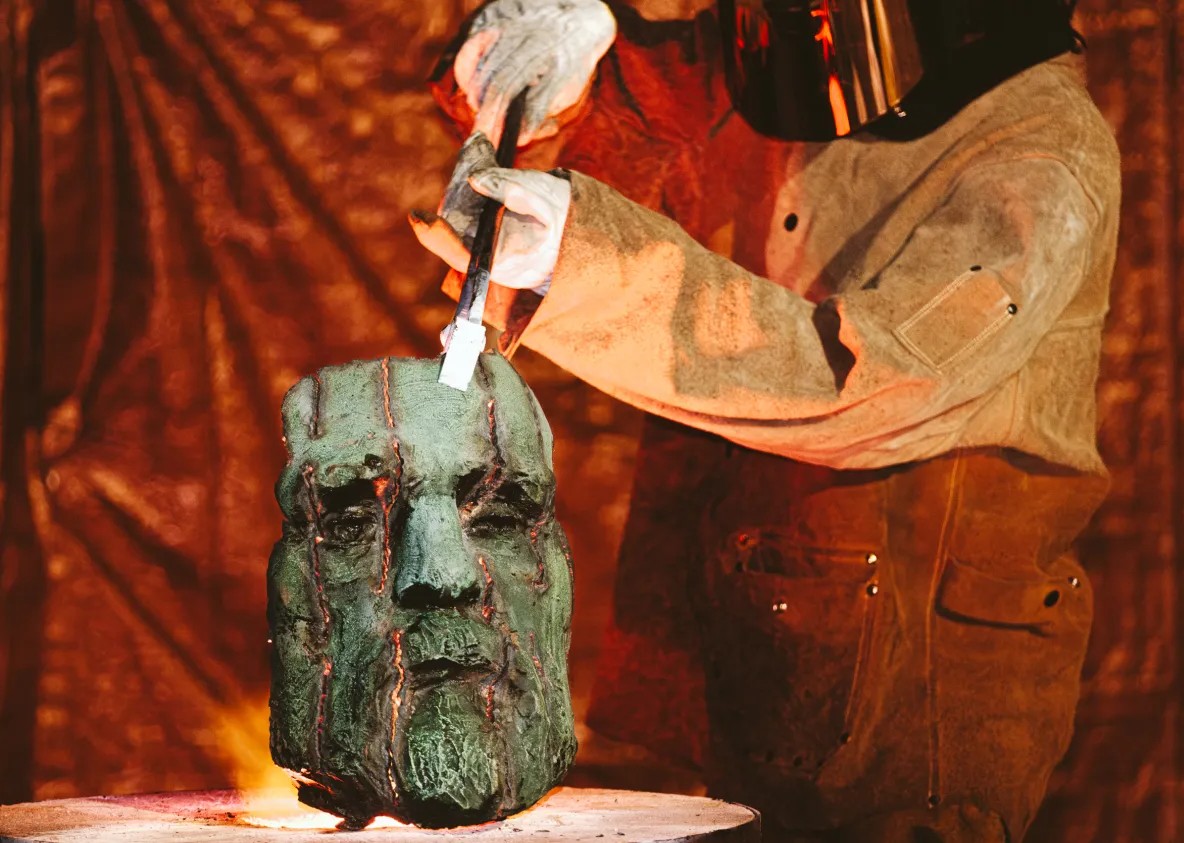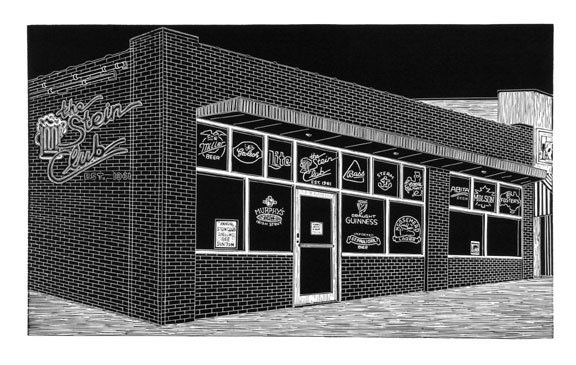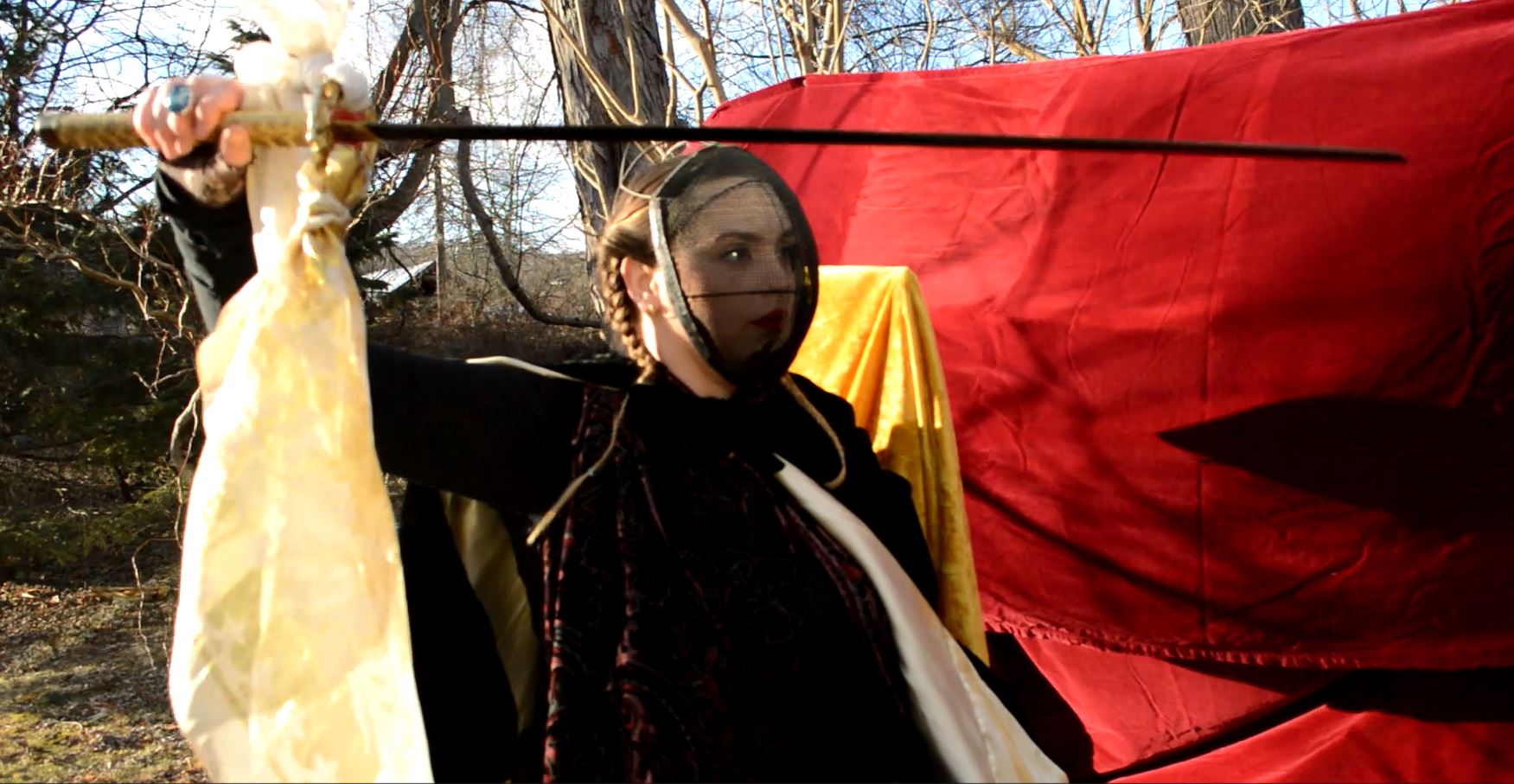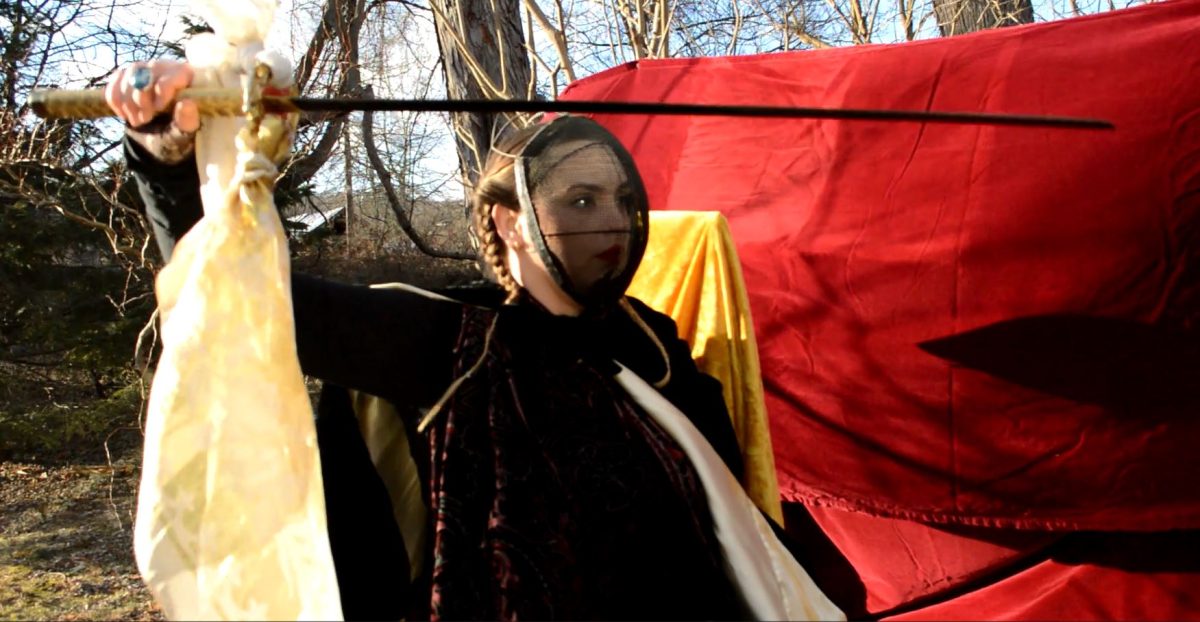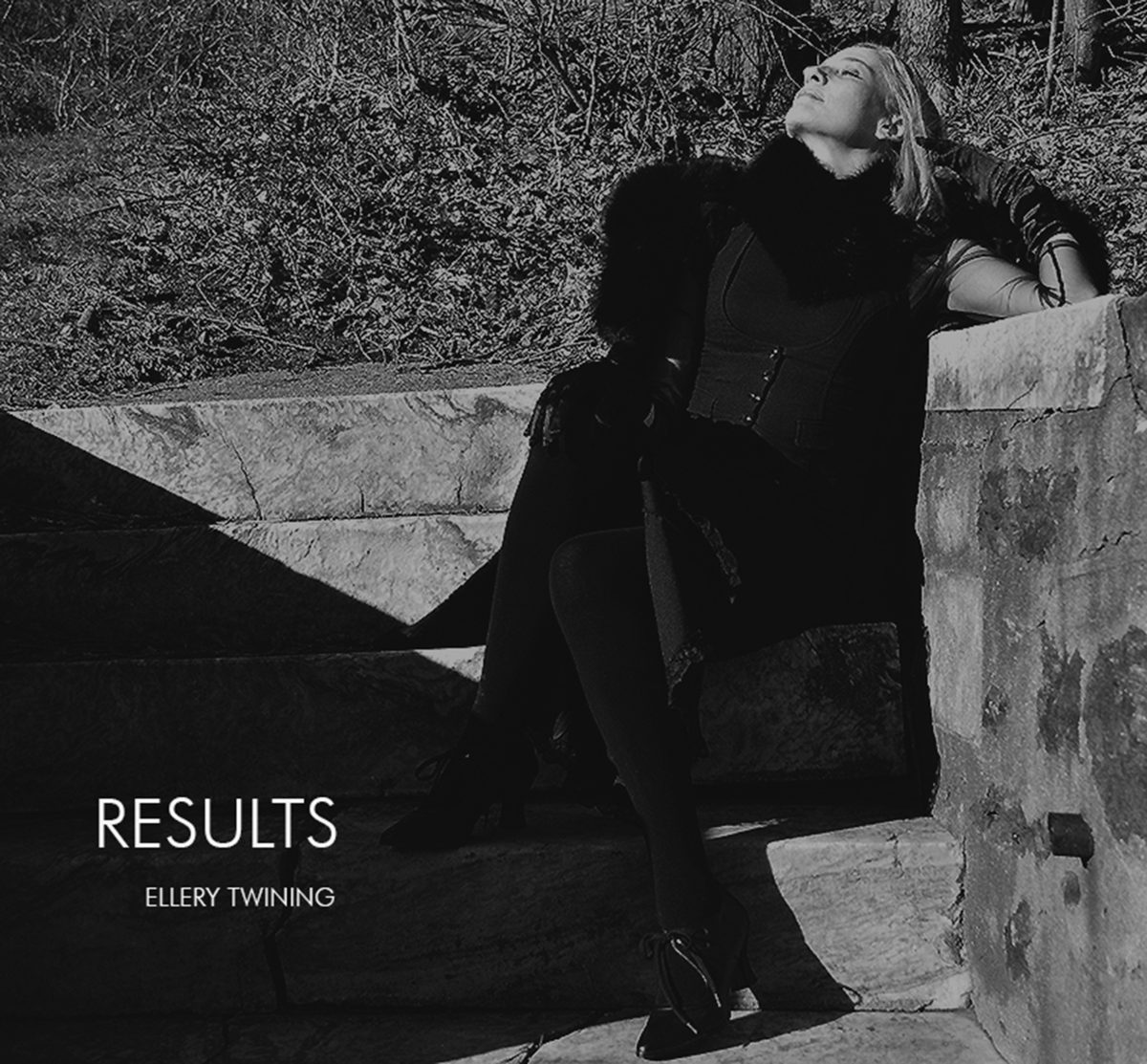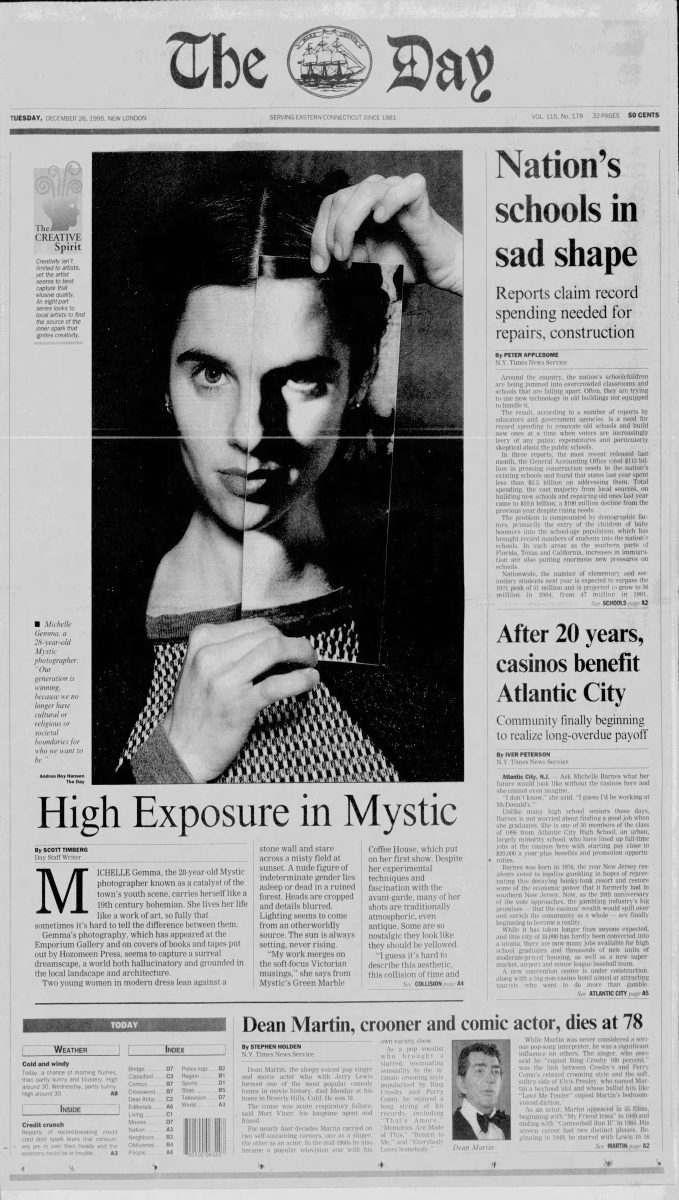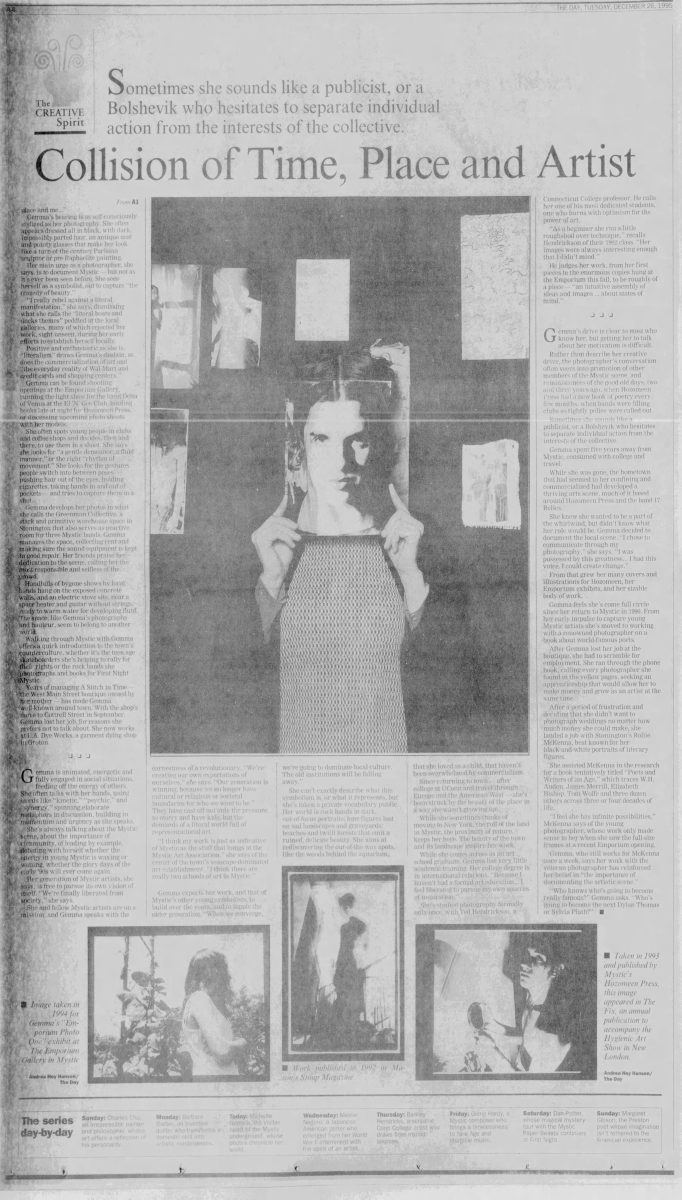
Hank Willis Thomas – A Suspension of Hostilities, 2019
According to my father, because I refuse to respect the Confederate flag, I am a traitor to my family and my Southern heritage. Considering how many of our ancestors fought the British for independence, including some who were Free People of Color in North Carolina, I disagree.
He argues that while they were filming the Dukes of Hazzard, during the late seventies to mid eighties, the General Lee and its flag were not considered racist. They were just harmless symbols of cultural pride, meant for good old boys and other underdogs in the South. He says that because the use of those symbols wasn’t intended as racist, it shouldn’t be taken as such, and we should allow the show the naivety of its time. “It was only after Charlottesville and Charleston that controversy started,” is one of his canards.
If he would listen to Black people, which he has yet to do, he would learn that they’ve never liked that flag, long before Charlottesville and Charleston, because the KKK uses it and the good old boys flying it are usually mean-ass racists. I think he knows this, deep down, but he denies it. He gas-lights himself and gets mad when others won’t join him. Intergenerational trauma in action again. Some of our ancestors gas-light themselves into being “pure whites” instead of the mixed people they were.
He also argues the flag’s meaning depends on context. This puts the responsibility on Black people to spend their time deciding which displays of that flag are hateful and which are not. Why on Earth would they want to do that? Because white people have been so kind and understanding towards them through the years?
My father and his fans can fly the Confederate flag. I wish they wouldn’t, but they have the right to. We didn’t ban it, the way the Germans banned the Nazi flag. (We should have.) But it should not fly in federal or state or local government offices. We had a whole war about it, and their side lost.
So what to do with the Dukes of Hazzard—should replays of the show be banned? And what about all the merchandise that Ben and Alma now sell in their stores? Do I expect them to give up their living?
